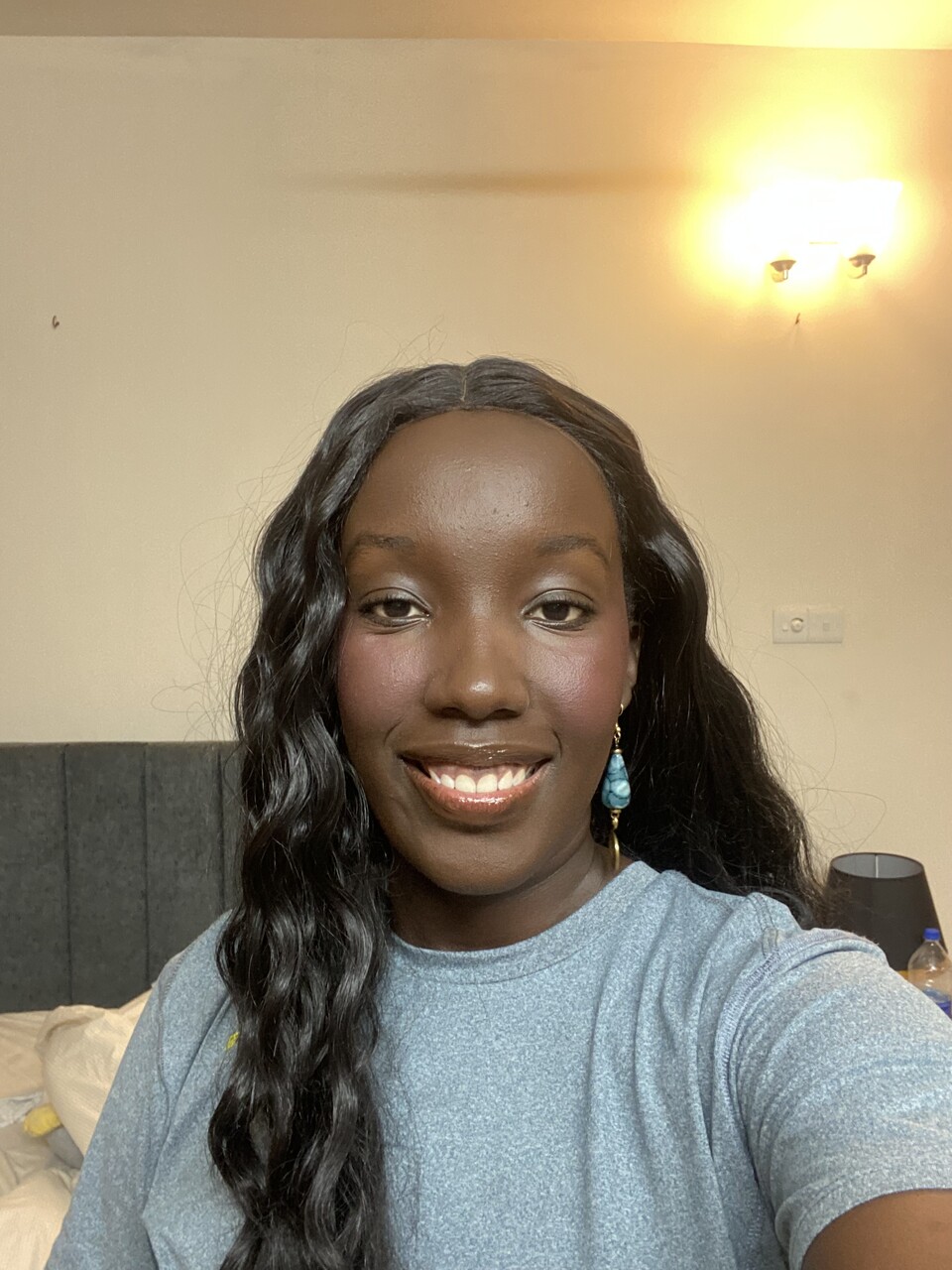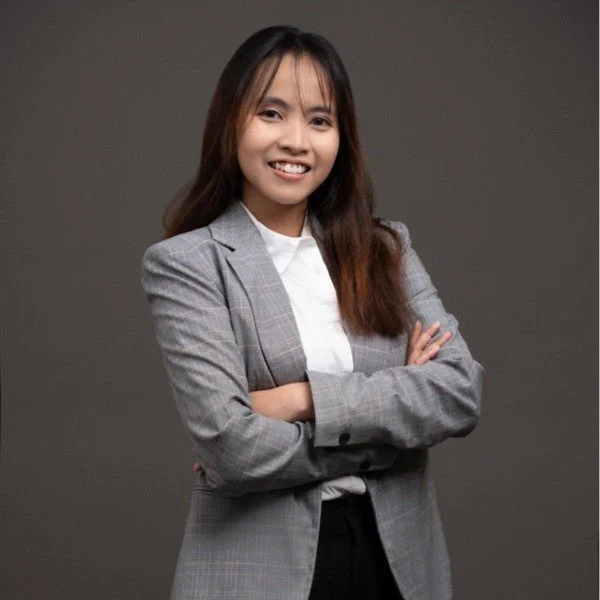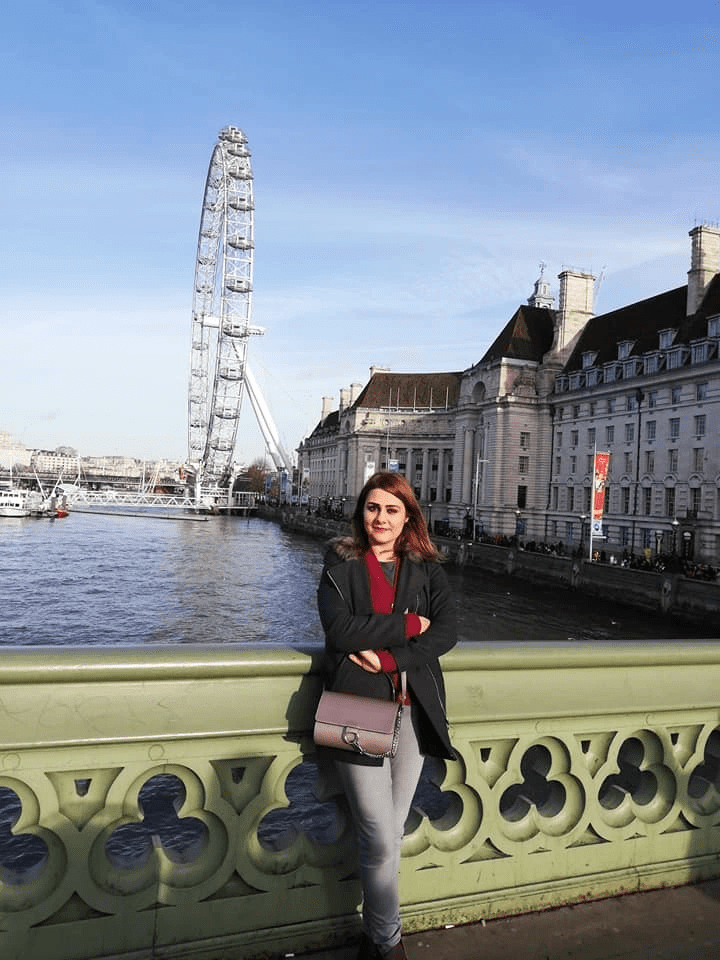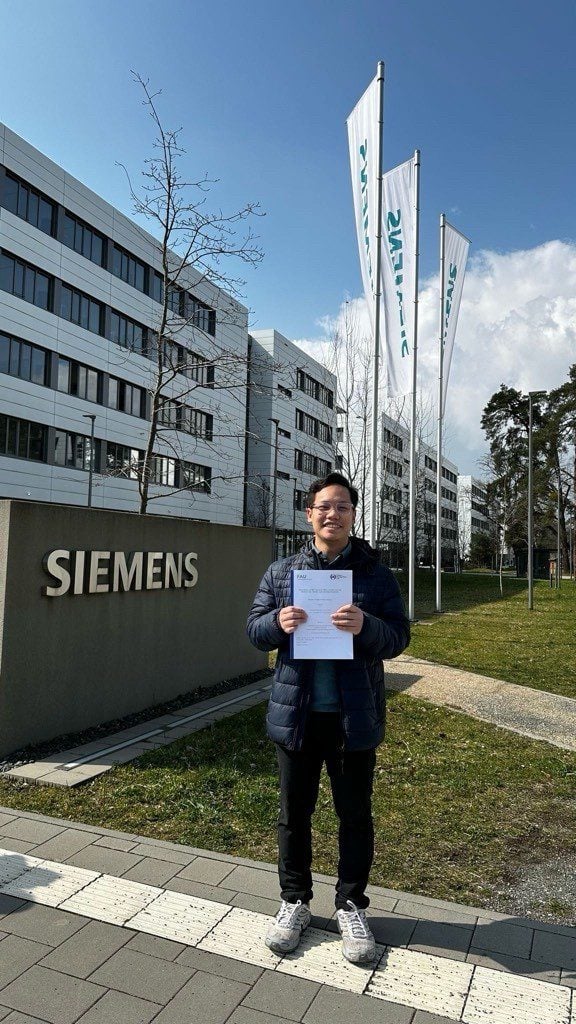How a Kenyan Molecular Biology Scholar Won the Fully Funded Lester B. Pearson International Scholarship to Pursue Her BSc in Molecular Biology and Genetics at the University of Toronto
University: University of Toronto (St. George Campus)
Degree: Bachelor’s in Molecular Biology and Genetics
Previous Education: International Baccalaureate Diploma from the International School, Accra
Scholarship: Lester B. Pearson International Scholarship – Fully Funded (Tuition, Books, Living Expenses)
Other Offered Scholarships: Financial aid packages from several U.S. universities (unspecified)
Social Media
LinkedIn: linkedin.com/in/verona-odhiambo/

The Journey
Hi! My name is Verona Odhiambo, and I’m originally from Kenya. I’ve had the privilege of growing up across several countries, including Mombasa, Mumbai, Accra, Dhaka, and a short time in Lisbon, Portugal, which shaped my global perspective from a young age.
Currently, I’m pursuing a Bachelor’s in Molecular Biology and Genetics at the University of Toronto, St. George campus. I’ve always been a “why” person; drawn to the details behind how things work and driven by deep curiosity. In high school, I was passionate about chemistry and initially thought I’d follow that path. But everything changed when I took a university course called BIO260: Concepts in Genetics. That course opened my eyes to how genetics connects problem-solving with understanding the root causes of conditions and traits. From analyzing famous inbred families to exploring the basis of genetic diseases, I found a field that felt like a perfect intersection of my intellectual interests.
Lester B. Pearson International Scholarship Details
I received the Lester B. Pearson International Scholarship at the University of Toronto, one of the university’s most prestigious and competitive awards for international students. The scholarship covers full tuition, books, and living expenses, allowing me to fully focus on my academic journey without the burden of financial stress.
In addition to the Pearson Scholarship, I was also offered financial aid packages from several universities in the U.S. where I was admitted. However, the University of Toronto stood out not just for the scholarship, but for its academic environment and opportunities in the life sciences.
Educational Background
I completed my high school education at the Association International School in Accra under the International Baccalaureate (IB) program. For my Higher Level subjects, I chose Chemistry, Biology, and English Language & Literature, a combination that sparked both scientific curiosity and critical thinking. My Extended Essay focused on antimicrobial resistance, a topic I didn’t realize at the time would lay a strong foundation for my current interest in genetics and molecular biology.
Beyond the classroom, I was deeply involved in community-centered extracurriculars. I collaborated with the Rare Disease Ghana Initiative to produce a mini-documentary on health inequities faced by people living with rare diseases, which opened my eyes to real-world applications of biomedical science and advocacy. I also founded a roundtable talk series to provide a platform for open dialogue on neocolonialism and Pan-Africanism, which helped foster global consciousness and critical leadership skills.
On top of that, I played sports and served on the student council for several years, eventually becoming the Deputy Head Girl. These experiences helped me cultivate a leadership mindset and sharpened my problem-solving abilities, both of which continue to serve me in university.
How Did You Prepare to Apply to the University of Toronto?
My university application journey began passively in Grade 7, inspired by watching my sister go through the same process. Her experience taught me early on just how demanding, but also rewarding, the process could be. I started by applying to enrichment opportunities like the Yale Young Global Scholars Program (Politics, Law & Economics session) and got involved in multiple STEM-focused high school research programs, all of which helped me explore my interests while building a strong profile.
I knew from observing others that universities want more than just strong academics; they want to see who you are and how you’ve impacted your community. That understanding helped shape my extracurricular involvement and personal projects in a way that felt authentic.
In Grade 11, I built a detailed master spreadsheet to manage my applications, with information like acceptance rates, minimum GPA/test score requirements, deadlines, application portals, and special scholarship criteria. I cast a wide net and applied to over 30 universities; 23 in the U.S., 2 in Canada, and 15 across Europe and Asia, with a focus on schools offering strong funding, research infrastructure, and an inclusive academic culture.
Staying motivated through such an intense process was tough, but I found ways to romanticize the journey. I surrounded myself with friends who were also applying, and we kept each other encouraged. My family was my anchor, and I had my college counselor and YouTube resources to stay informed and inspired.
Standardized Tests and Information Gathering
Interestingly, I didn’t take any standardized tests like the SAT or TOEFL, as many schools had made them optional by the time I was applying. I made a conscious decision to focus my energy on my applications and maintaining strong school grades instead, which I felt would give me a better return on my efforts.
I first learned about the Lester B. Pearson International Scholarship through my school’s university counselor, who encouraged me to apply. I went through a school nomination and interview process, after which I was selected as the nominee, an honor in itself.
My curiosity about universities actually started early. Back when my sister was applying while I was in Grade 7, I would flip through her university pamphlets and brochures and do my own research for fun. That curiosity turned into a full-fledged passion, and by Grade 11, I already had a solid sense of where I wanted to apply. YouTube was also a huge resource for me. I watched virtual campus tours, student reviews, and admissions breakdowns, which helped me understand each institution better and visualize where I could see myself thriving.
How Did You Prepare to Apply for the Lester B. Pearson International Scholarship?
The Pearson Scholarship application process came at one of the busiest and most emotionally draining times of the academic year. The University of Toronto application was due in late fall, and the scholarship deadline hit in January, right in the middle of U.S. Early Action/Early Decision deadlines, mock exams, TOK essays, and Internal Assessments (mini research projects for each IB course). On top of that, I was juggling exam prep and countless university essays. I ended up writing about 50 pages worth of responses across all my applications.
It was overwhelming, and at times, I was genuinely on the edge of burnout. I spent most of my non-class time in my university counselor’s office, revising drafts and trying to bring my best self to each application. That kind of support gave me the accountability, motivation, and guidance I needed to push through. My class size was small, just 15 students, which created a tight-knit, supportive environment. My teachers saw the pressure we were under and offered not just extensions, but encouragement and life advice that helped carry me through
What really helped me stay grounded during this period was my faith. Church and prayer became my place of rest, a spiritual anchor in the middle of chaos. And even in the toughest moments, what kept me going was the vision I had held for years: the future I wanted to build for myself through university. That internal drive, alongside the support from family, teachers, and faith, made it possible for me to navigate a time that could have easily broken me.
Experience at the University of Toronto
I can genuinely say that I love the University of Toronto, but I won’t pretend the journey has been easy. My first year was a whirlwind of learning how to study effectively, trying to make friends, adjusting to adulthood as a teenager, and dealing with the emotional weight of being over 12,000 km away from home. The climate, culture, and pace of life were all new to me, and I often found myself missing home and my parents deeply.
One thing that made a world of difference was the tremendous support offered by the Lester B. Pearson Program. UofT is a large and fast-paced institution, and it’s easy to feel overlooked as a first-year student. But Pearson made sure we didn’t get lost in the crowd. They welcomed us with a city tour, evening reception, peer mentors, and a close-knit community of scholars who’ve been supportive both academically and emotionally.
UofT is the kind of place that tests your resilience and pushes your limits. Despite doing well in high school, I quickly realized that my previous success had a lot to do with the structured environment and the presence of family. University life here forced me to reorganize myself, develop strong study and organizational habits, and step out of my comfort zone. In a lecture hall of over 1,000 students, you quickly learn the importance of being intentional if you want to stand out.
Admittedly, the transition was tough, and I eventually had to take a break from my studies. But that break gave me the space to re-strategize, reflect, and return with a clearer sense of purpose. I now feel better equipped to not just survive, but truly thrive and make the most of this journey.
What Made Your Application Stand Out
What I believe truly made my application stand out was how authentic and passion-driven it was. I didn’t try to glamorize my journey or present a perfect version of myself. Instead, I shared both the successes and the struggles, and I think that honesty resonated.
Many people assume you need to have a specific set of extracurriculars to impress an admissions committee, but I leaned into the things I was genuinely passionate about. I talked about how failure shaped me, not defined me. I was a strong student, but not a straight-A student throughout high school. I had moments of real challenge, from failed chemistry experiments to disappointing test scores, but I used those setbacks as fuel to do better.
One example I shared was my Extended Essay in Biology, where I investigated the antimicrobial properties of neem leaves. The project failed for months, and even when I finally got results, the outcome wasn’t a clear success. Still, I didn’t give up. I stuck with the process, and that perseverance became a cornerstone of my story.
Similarly, my chemistry internal assessment was far from conventional. I used the Briggs-Rauscher oscillating reaction to study the effect of temperature on the vitamin C content in bell peppers. It wasn’t a standard method; it wasn’t even widely validated for this purpose, but my curiosity drove me to explore it anyway. The experiment failed multiple times. I spent hours in the lab, problem-solved with my dad (a chemist), and worked closely with my teacher until I found a way to make it work. That kind of intellectual risk-taking and grit helped set me apart.
Additionally, since the Pearson Scholarship focuses heavily on leadership and community impact, I made sure to reflect on the things I genuinely cared about, like my involvement with health equity initiatives in Ghana, my roundtable discussions on neocolonialism and Pan-Africanism, and my leadership roles in school. These weren’t just bullet points; they were deeply connected to my values and lived experience.
What Would You Have Done Differently
Looking back, I would have prioritized my mental health more and worked to reduce burnout. By the time I was taking my final IB exams, I was barely making it through the day. The intensity of senior year hit its peak, and applying to over 30 colleges drained a lot of my energy. I wish I had preserved more of that energy to focus on my final exams and to enjoy the remaining moments of my high school experience.
One big lesson I learned is to dream big and shoot for the stars. It sounds cliché, but much of my success came from not letting doubt hold me back. I was ambitious, maybe even borderline delusional in my ambition, but that mindset pushed me to apply widely and confidently.
However, I would caution future applicants to balance ambition with self-care. While it’s tempting to apply to as many schools as possible to maximize your chances, don’t overextend yourself to the point of exhaustion. Quality over quantity, and sustainability over stress, makes a huge difference.
Advice for Future Applicants
My biggest advice is to be true to your experience. Don’t try to craft your application around what you think will impress others. Instead, lean into the lessons you’ve learned and share what genuinely drives you, what makes you excited to wake up each morning. Admissions committees can sense when you’re being performative, so authenticity is key.
Also, remember that those final months of high school are precious. Don’t let the application process consume you so much that you lose sight of living and enjoying that time. Balance is essential: work hard, but also take care of yourself and savor the moment.
Want to submit your
scholarship journey?
Submit Your Story Here!
More Scholarship Recipients

Good day, fellas! Talitha from Indonesia here! I began my career as a Communication Specialist at a government institution i .... Read more

My name is Tafan Kamal Karim, and I am from the Kurdistan Region of Iraq. I have always had a passion for literature and cre .... Read more

Hi! My name is Shafiq from Malaysia. So, my education journey in Germany starts I received a full scholarship from Yayasan T .... Read more

Leave A Comment